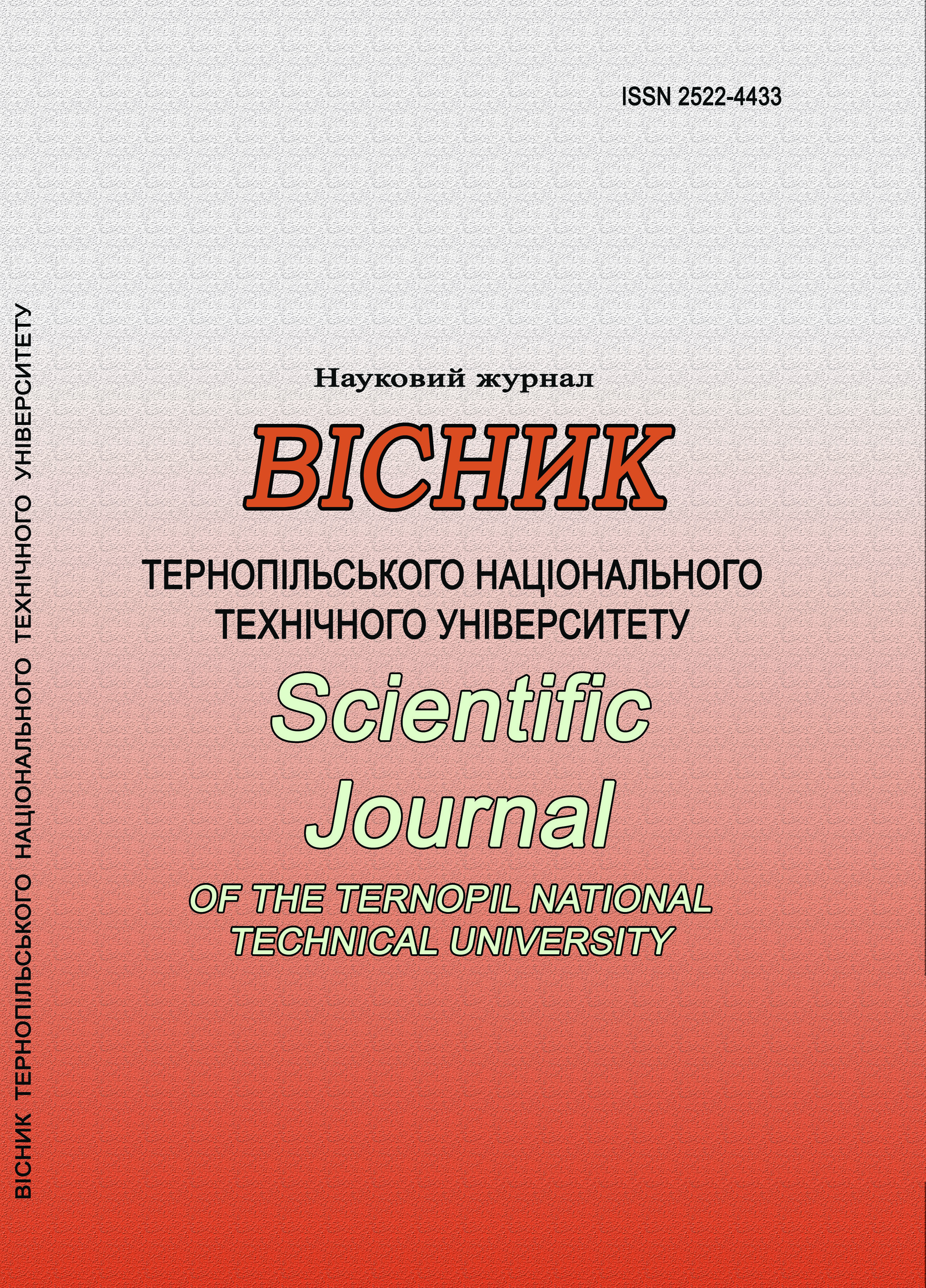Construction of static solutions of the equations of elasticity and thermoelasticity theory
Main Article Content
Abstract
New solutions to the theories of thermoelasticity and elasticity in the Cartesian coordinate system are found in this paper. New explicit partial solutions of thermoelasticity equations, when the temperature field is defined by 3D or 2D harmonic functions, are constructed. Displacements, deformations, and stresses determined by these partial solutions are called temperature functions. A simple formula for the expression of normal temperature stresses is obtained and it is shown that their sum is zero. Separate cases when the temperature depends on the product of harmonic functions of two variables on the degree of coordinate z are also considered. Partial and general solutions are derived for them. General solutions of thermoelasticity equations (Navier’s equations) through four harmonic functions, when the temperature field is given three-dimensional or two-dimensional harmonic functions, are constructed. The thermoelastic state of the body is divided into symmetric and asymmetric stress states. It is proposed to present the solutions of the theory of elasticity, which are expressed by the product of the harmonic function of two variables to the degree of the coordinate. Polynomial solutions that depend on three coordinate variables are recorded. An example of the application of the proposed solution is given.
Article Details
Issue
Section

This work is licensed under a Creative Commons Attribution 4.0 International License.
References
1. Noda N., Hetnarski R. B., Tanigawa Y. Thermal stresses. New York: Taylor & Francis, 2003. 502 p.
2. Nowacki W. Thermoelasticity, 2nd ed. Warsaw, Poland: Pergamon, 1986. 560 p.
3. Melan E., Parkus H. Wärmespannungen: Infolge Stationärer Temperaturfelder Published by Springer, 2013. 121 p. ISBN 10: 3709139694.
4. Kovalenko A. D. Thermoelasticity: Basic Theory and Applications, Groningen, the Netherlands: Wolters Noordhoff, 1969. 302 p.
5. Sadd M. H. Elasticity. Theory, applications, and numerics. Amsterdam: Academic Press, 2014. 600 p.
6. Timoshenko S. P., Goodier J. N. Theory of Elasticity. New York: McGraw-Hill, 1977. 567 p.
7. Revenko V. P. Solving the three-dimensional equations of the linear theory of elasticity, Int. Appl. Mech., Vol. 45. No. 7. 2009. P. 730–741. https://doi.org/10.1007/s10778-009-0225-4
8. Revenko V. P., Bakulin V. N. Representation of the thermo-stress state of a plate based on the 3D elasticity theory. MATEC Web of Conferences. Vol. 362. 2022. https://doi.org/10.1051/matecconf/202236201024
9. Yuzvyak M., Tokovyy Y. Thermal stresses in an elastic parallelepiped. Journal of Thermal Stresses. Vol. 45. No. 12. 2022. P. 1009–1028. https://doi.org/10.1080/01495739.2022.2120940
10. Revenko V. P., Revenko A. V. Determination of Plane Stress-Strain States of the Plates on the Basis of the Three-Dimensional Theory of Elasticity. Materials Science. Vol. 52. No. 6. 2017. P. 811–818. https://doi.org/10.1007/s11003-017-0025-7 11. Revenko V. P., Revenko A. V. Separation of the 3D stress state of a loaded plate into two-dimensional tasks: bending and symmetric compression of the plate. Scientific journal of the Ternopil national technical university. No. 3 (103). 2021. P. 53–62. https://doi.org/10.33108/visnyk_tntu2021.03.053

